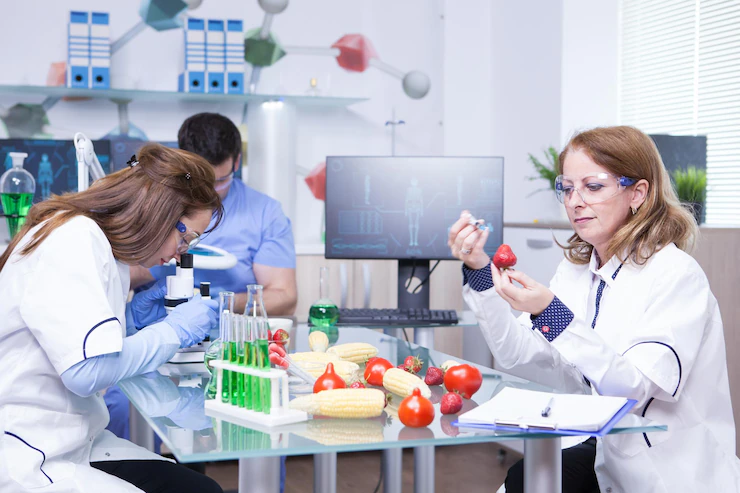Establishing quality control and food safety systems is crucial for ensuring the safety and quality of food products. Here are some tips to help you establish effective systems:
- Develop a Food Safety Plan: Start by creating a comprehensive food safety plan that outlines the potential hazards associated with your products and the preventive measures you will implement. Consider potential biological, chemical, and physical hazards, and develop strategies to control and mitigate them.
- Implement Good Manufacturing Practices (GMPs): GMPs provide a foundation for food safety. Establish and enforce standard operating procedures (SOPs) for various processes, including hygiene practices, sanitation, personnel training, equipment maintenance, and facility design. GMPs should be followed consistently throughout the production process.
- Establish HACCP (Hazard Analysis and Critical Control Points) System: Implement a HACCP system to identify and control hazards. Conduct a thorough hazard analysis, determine critical control points (CCPs), and establish monitoring procedures, corrective actions, and verification methods. HACCP ensures proactive identification and prevention of potential hazards.
- Set Product Specifications: Clearly define the specifications and quality attributes that your products must meet. This includes aspects such as ingredients, physical characteristics, microbiological limits, and packaging requirements. Regularly test and monitor products to ensure compliance with these specifications.
- Supplier Quality Assurance: Establish a supplier approval and monitoring program. Assess the quality and safety practices of your suppliers, and only work with those who meet your standards. Regularly audit and evaluate their performance to ensure consistent quality and safety of incoming ingredients and materials.
- Training and Education: Invest in comprehensive training programs for your employees. Provide training on GMPs, food safety practices, personal hygiene, allergen control, and other relevant topics. Ensure that all staff members are aware of their roles and responsibilities in maintaining food safety and quality.
- Document Control: Implement a system for document control to maintain accurate and up-to-date records of all procedures, specifications, and quality control activities. This includes maintaining records of inspections, testing results, corrective actions, and employee training. Proper documentation helps track compliance and facilitates traceability.
- Continuous Improvement: Foster a culture of continuous improvement in your organization. Regularly review your processes, identify areas for enhancement, and implement necessary changes. Encourage feedback from employees, customers, and regulatory authorities to identify potential issues and address them proactively.
- Regulatory Compliance: Stay updated with local, regional, and national food safety regulations. Ensure that your systems and processes align with the applicable regulatory requirements. Regularly monitor changes in regulations and adjust your practices accordingly.
- Regular Audits and Inspections: Conduct internal audits and inspections to assess the effectiveness of your quality control and food safety systems. Additionally, consider engaging third-party auditors to provide an objective evaluation of your systems and identify areas for improvement.
Remember, establishing quality control and food safety systems is an ongoing process that requires dedication and continuous monitoring. By implementing these tips, you can create a robust framework that ensures the safety and quality of your food products.
Join 'Farmers Mag' WhatsApp Channel
Get the latest Farming news and tips delivered straight to your WhatsApp
CLICK HERE TO JOIN






